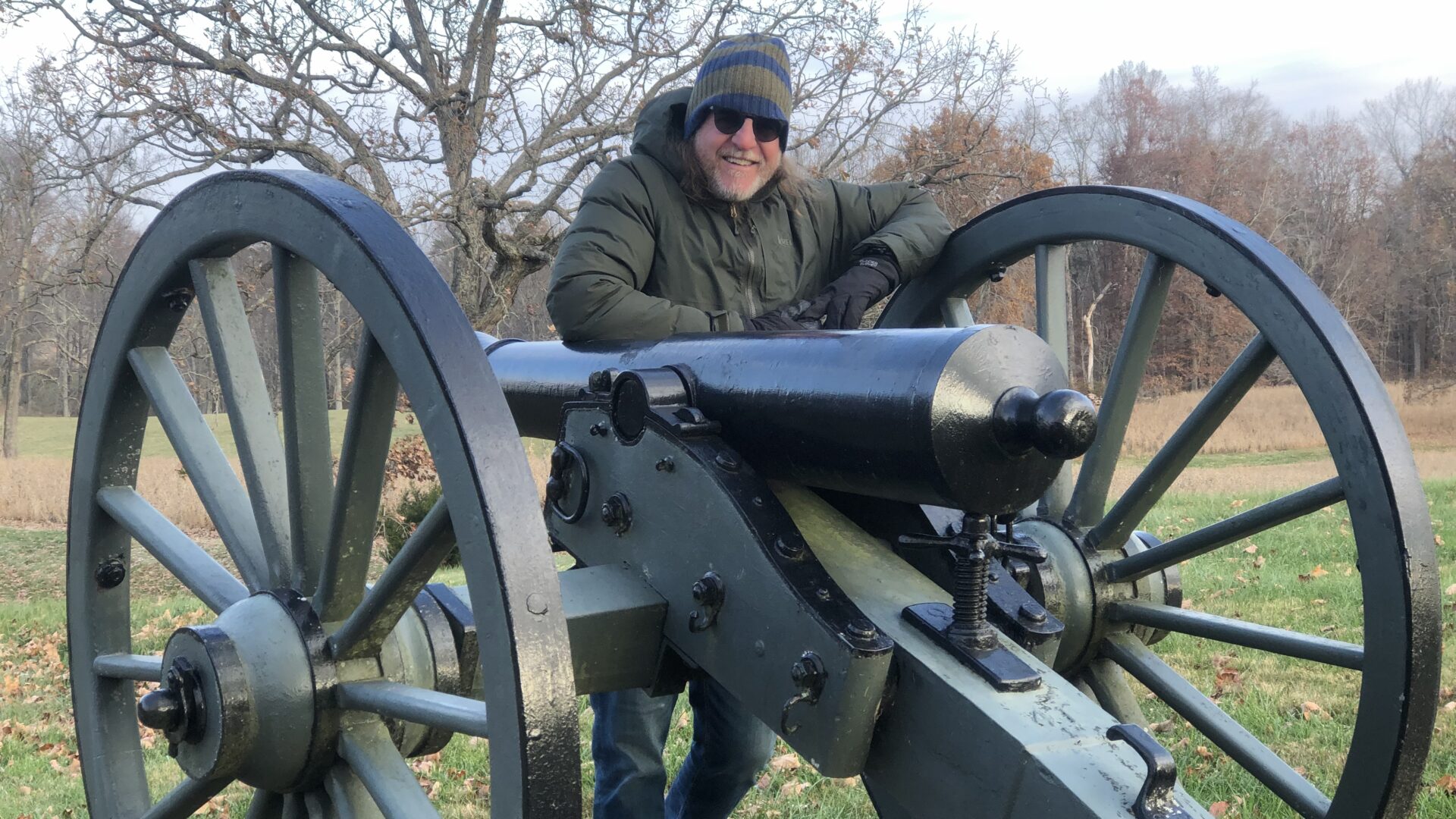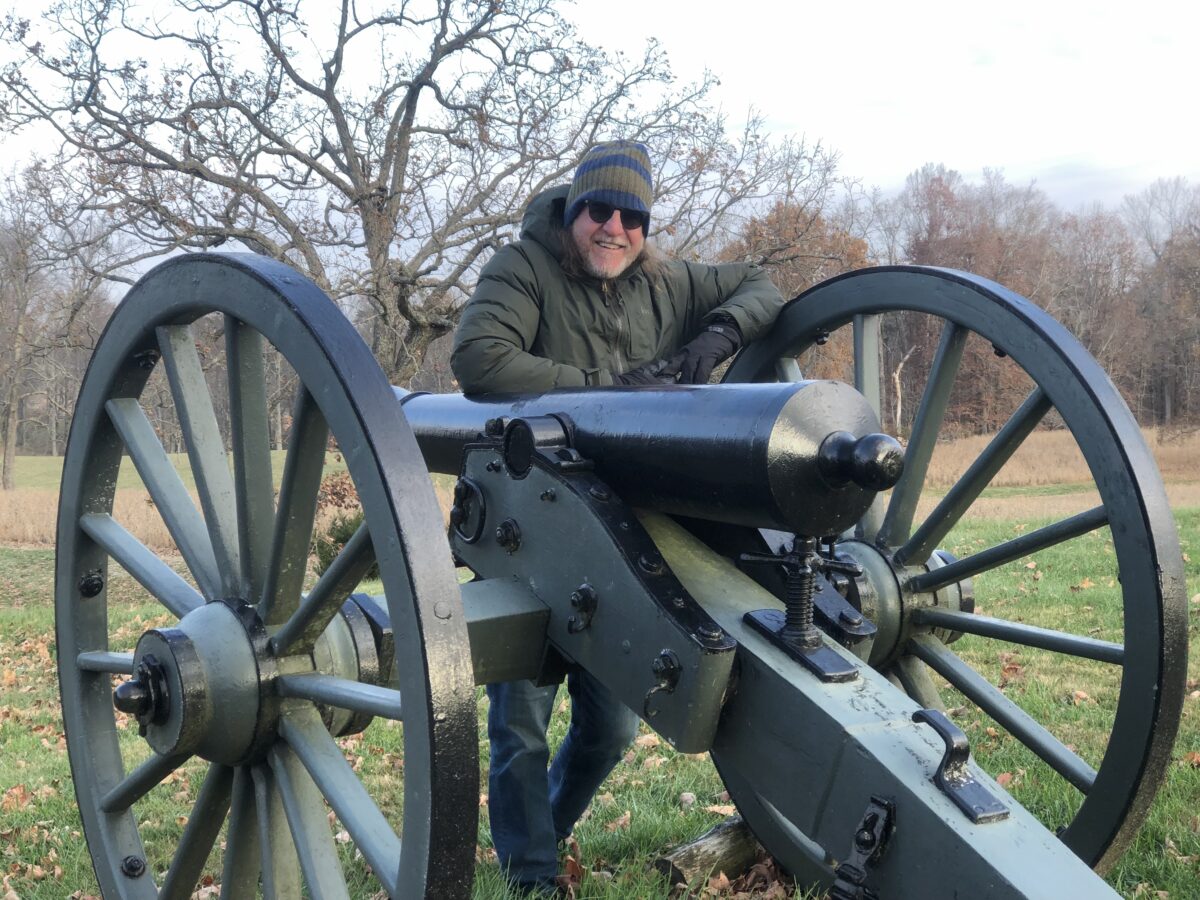Mill Springs Battlefield National Monument
Someone asked us once: “Why did all Civil War battles take place in National Parks?” Of course they didn’t, but it does lead to the question, why has the United States preserved so many civil war battle sites as national park units?
These sites are an important part of our history, not only ensuring that future generations won’t forget about our past, but also so that they understand the forces that made Americans who we are and understand the strength and fortitude of our forbears.
Although sites like Mill Springs faded from people’s minds, it was the local people who kept the history alive – preserving the memories, donating land, honoring gravesites and creating memorials. In 1993 they formed a non-profit to formalize this preservation and in 2019 Mill Springs Battlefield was designated a national monument.
Why Mill Springs Battlefield National Monument?
Mill Springs Battlefield in Kentucky is the site of one the first decisive Union victories in the western theatre. Even though Kentucky was neutral, both the north and south believed it was pivotal to their success because of its strategic location, railroads, rivers and large population. In fact, Lincoln was said to have stated: “I hope to have God on my side, but I must have Kentucky.”
The win at Mill Springs was much needed boost to the morale of the union troops. After over 9 months of fighting, they needed a win. That came to them here on January 19, 1862. You may say it was handed to them when the Confederate General Zollicoffer was killed by Union troops because he mistakenly approached them thinking they were his own forces. This threw the Confederate army into confusion and although the battle continued for another 3 hours it ended with the Confederates evacuating during the night back to the other side of the river into Tennessee.
What to do at Mill Springs Battlefield
We began our visit to Mill Springs Battlefield by doing the driving tour. This might seem backwards, but it actually worked out pretty well. By visiting the various sites first, we could really visualize each of the locations and their importance as we read the details later at the visitor center.
Hint: Be sure to stop at the visitor center first to pick up the driving tour map.
The main driving tour is an out and back drive from the visitor center, with 8 stops. (There are also two sites you can visit on the other side of the river, but they are a bit more difficult to get to.)
The first stop is Zollicoffer Park and “Zolli’s tree” marking the site where General Zollicoffer was killed.
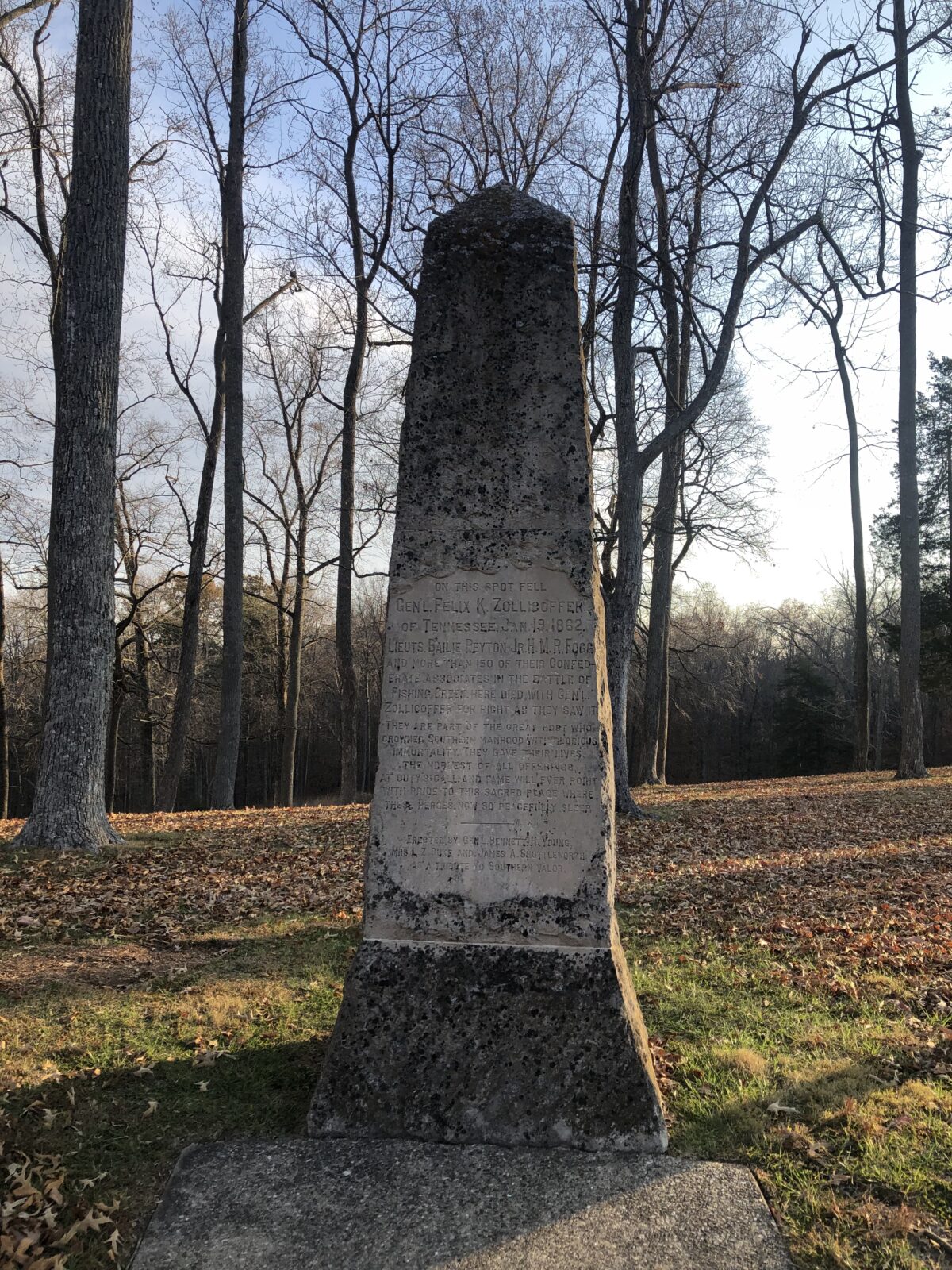
There is also a mass gravesite for Confederate soldiers who fell here.
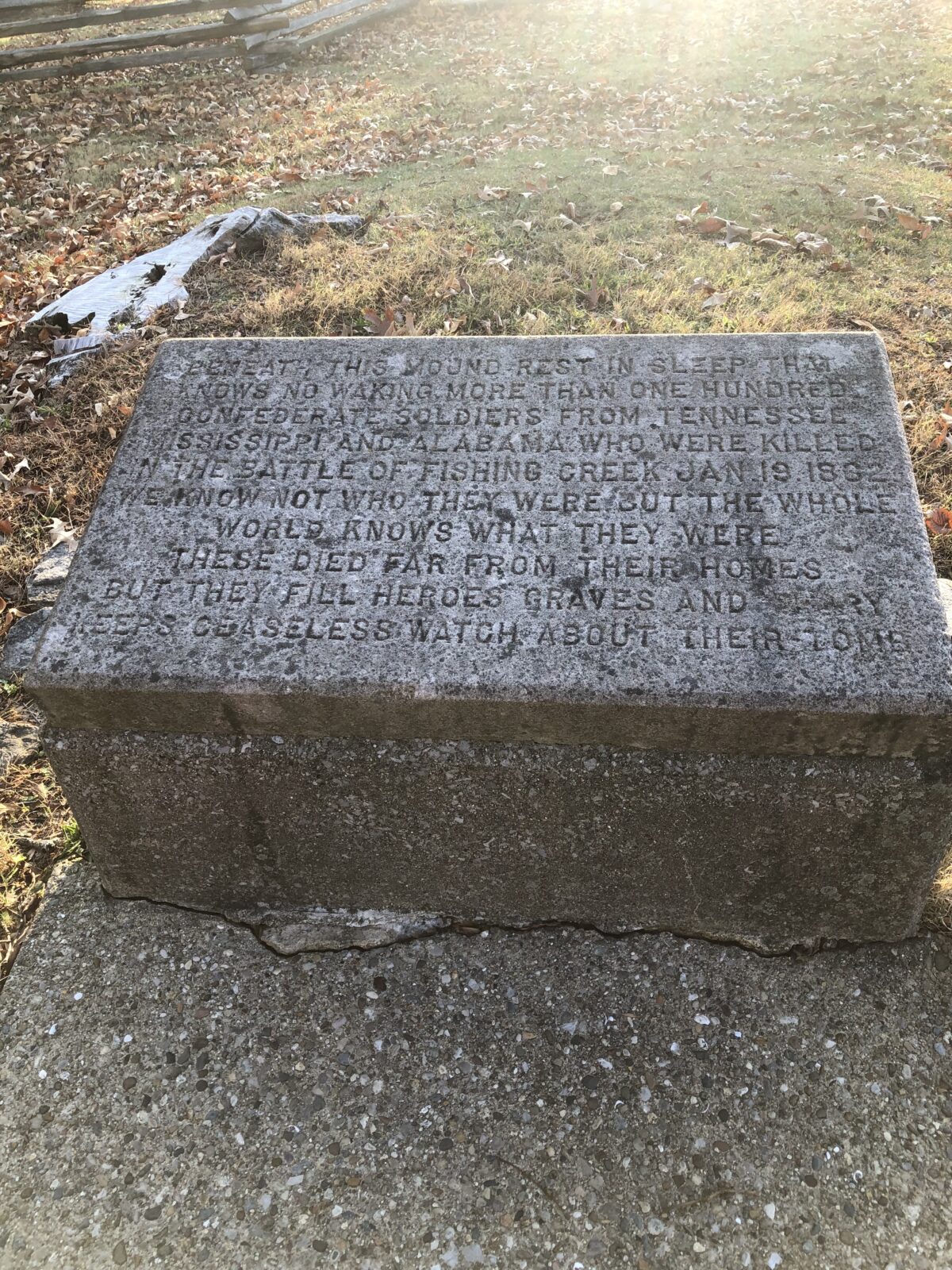
A short hiking trail takes you along the perimeter of the battle site and optionally up to “last stand hill” where you can see a few cannons.
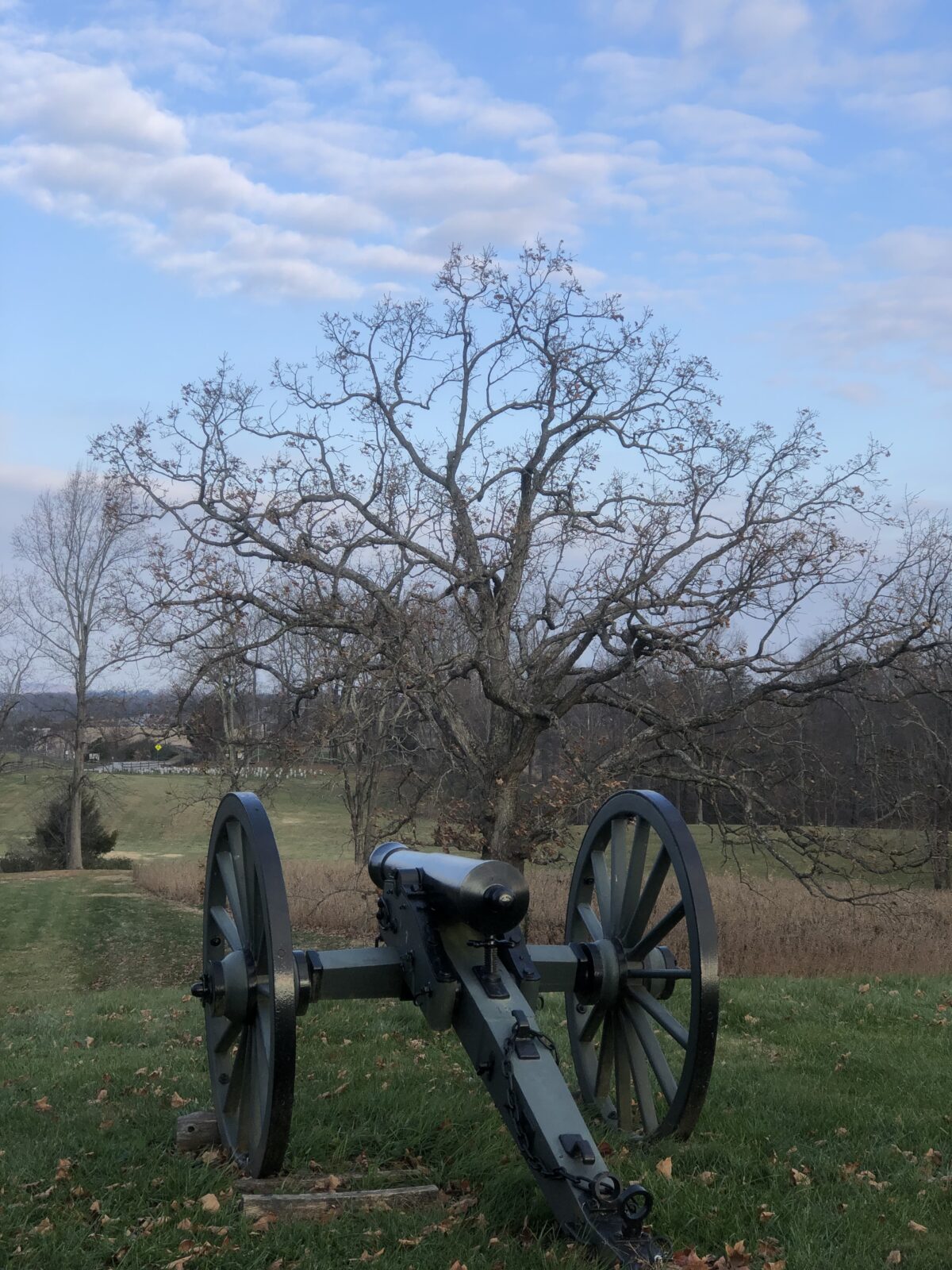
Other stops include the site of the Confederate hospital, Moulden’s Hill where Federal forces deployed artillery, and the Fortification Site that was the Confederate encampment. The camp no longer exists, but you can take a nice hike though the woods and see the outlines of the original earthen fortifications.
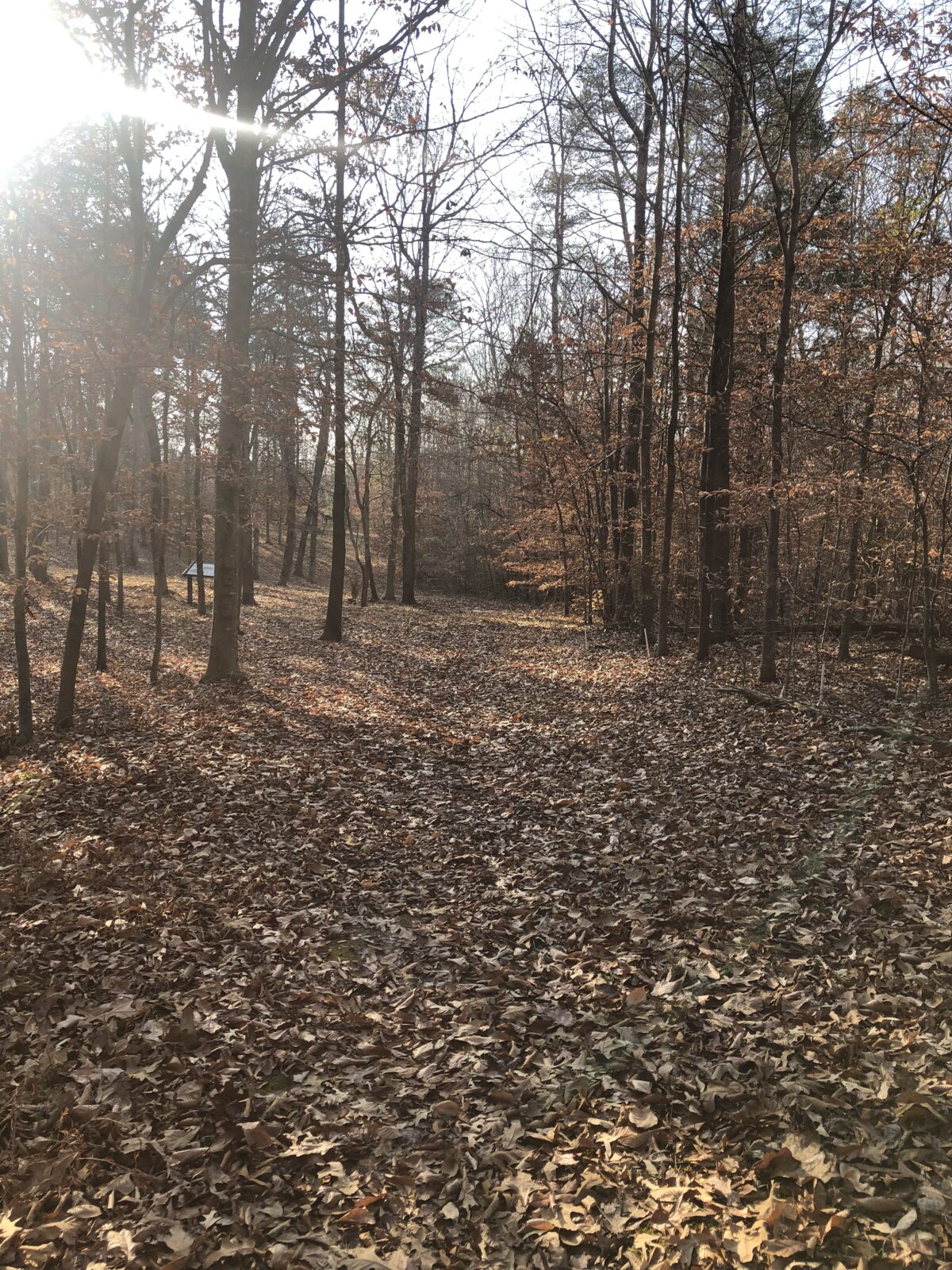
The last stop is North Ferry Landing, where the Confederate troops commandeered a ferry boat to take them to Mill Springs on the other side of Cumberland River as they abandoned their camp during the night of January 19th.
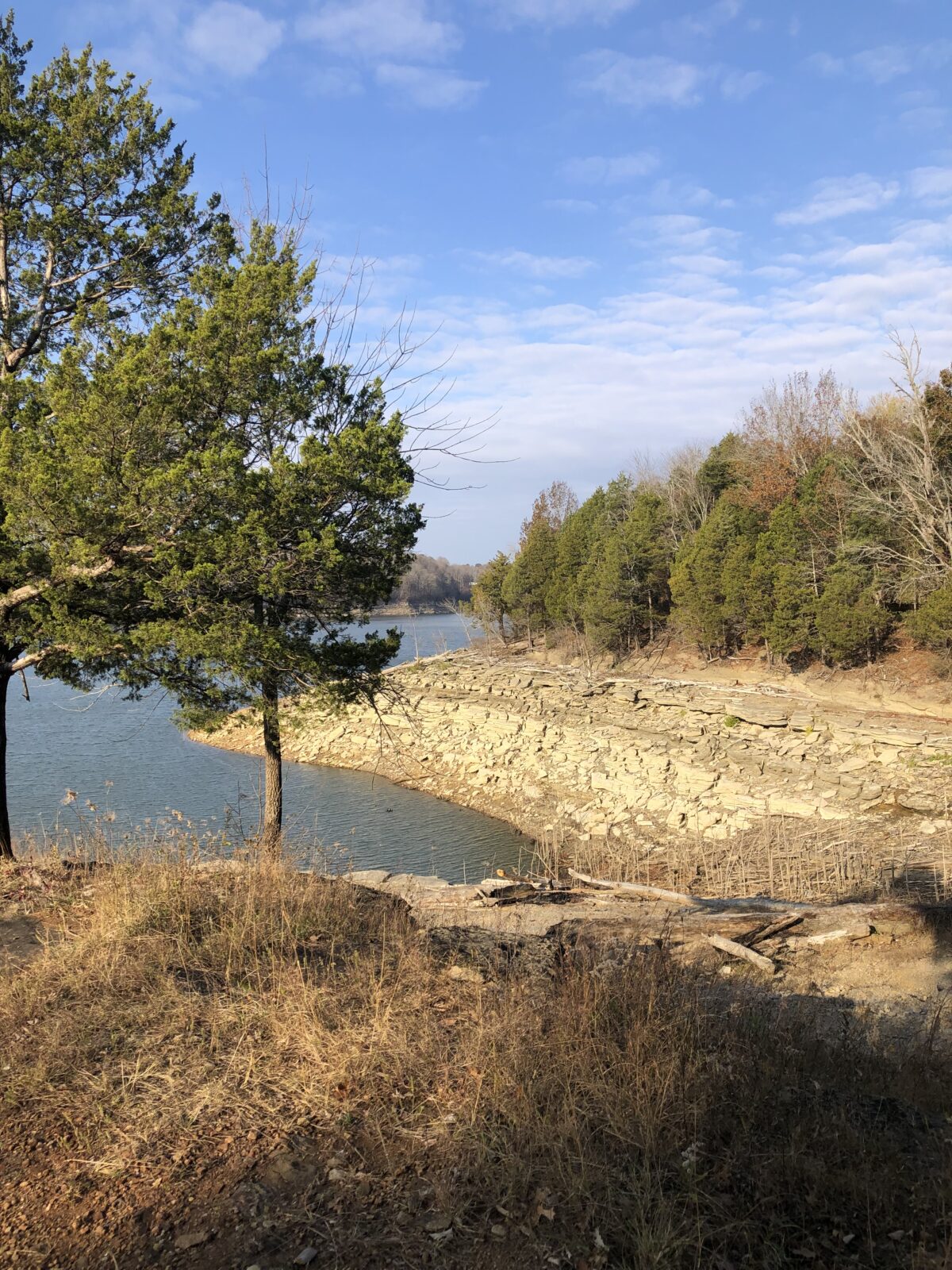
The entire sequence of events is presented at the Visitor Center in various exhibits and a pretty good movie. And of course, rangers and volunteers are on hand to help with any questions.
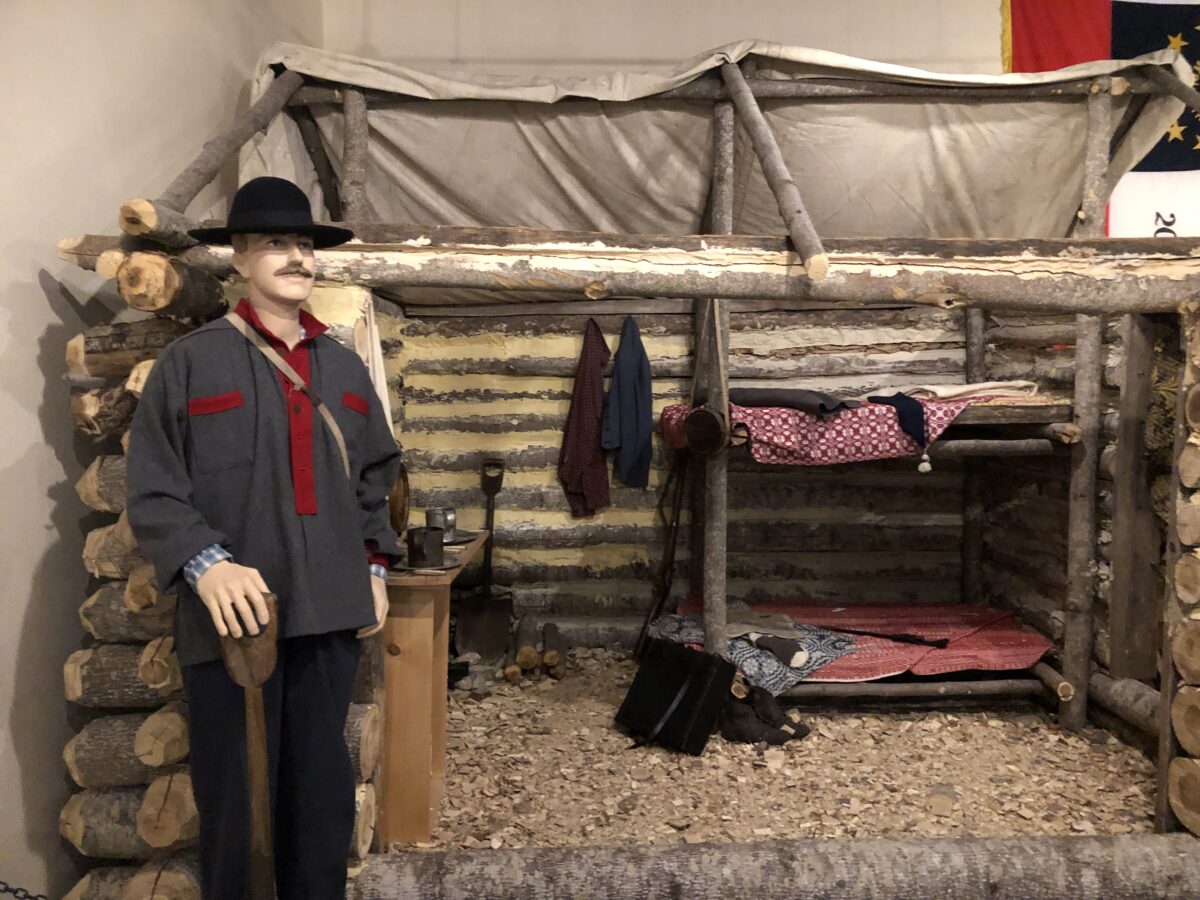
Before you leave, you may also want to stop at Mill Springs National Cemetery adjacent to the Visitor Center. 708 Union soldiers were moved here from all over the state and reinterred in this one location. Half were unknown. It was very moving.
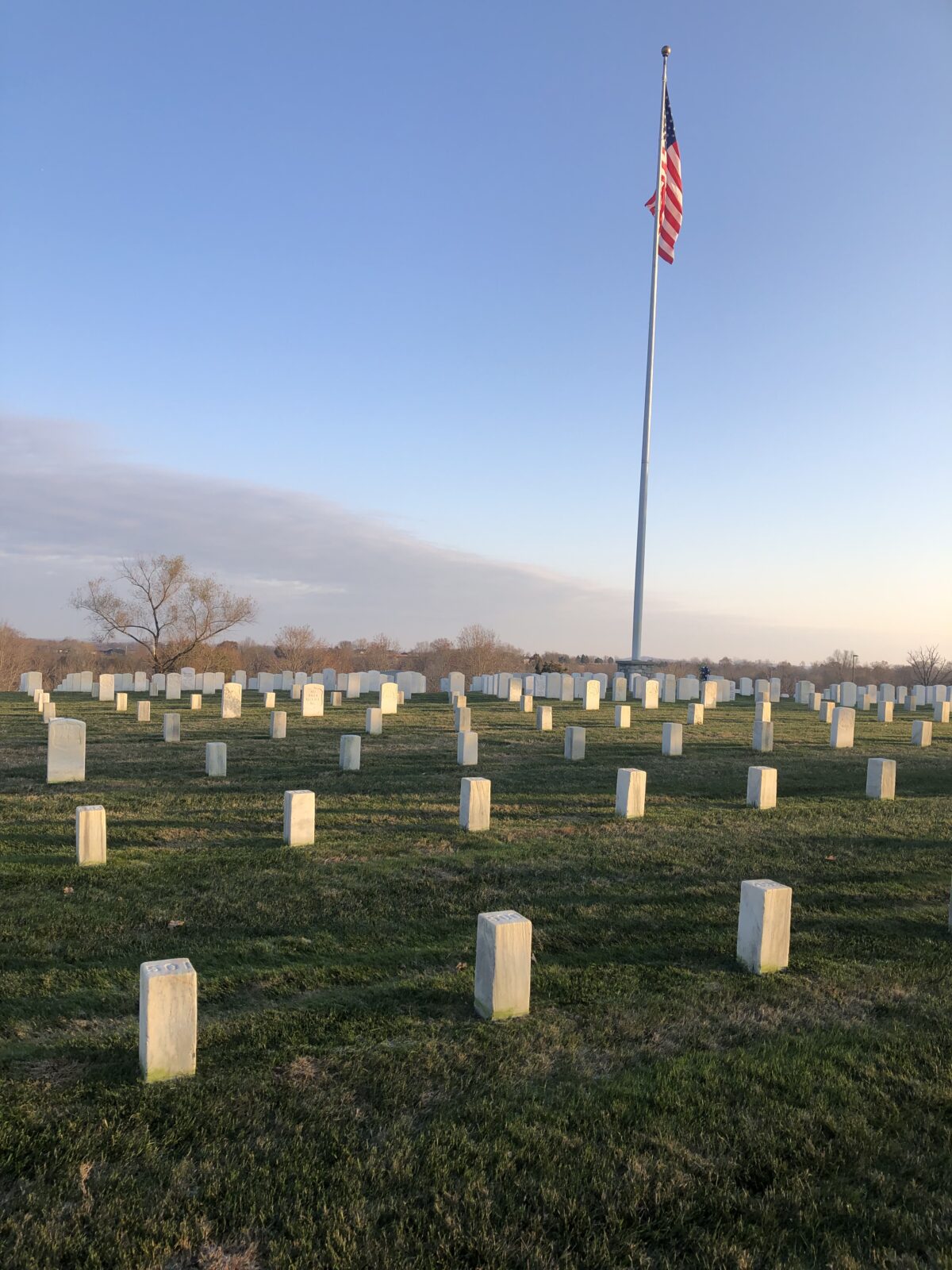
Other National Park Units nearby
If you are planning a trip to Mill Springs Battlefield, think about including a visit to Camp Nelson National Monument and Fort Donelson National Battlefield, as well as other great places like Mammoth Caves National Park, Abraham Lincoln Birthplace National Historical Park, Big South Fork National River and Recreation Area, and Cumberland Gap National Historical Park.
Are you trying to visit all the National Parks?
If your goal is to visit them, one or all, we’d love to help you strategize. Give us a call at (480) 609-3978 or drop us a note here. We always enjoy talking with people who share our passion for visiting National Parks, and National Park Units.
#FindYourPark
#SeeAmericaFirst
